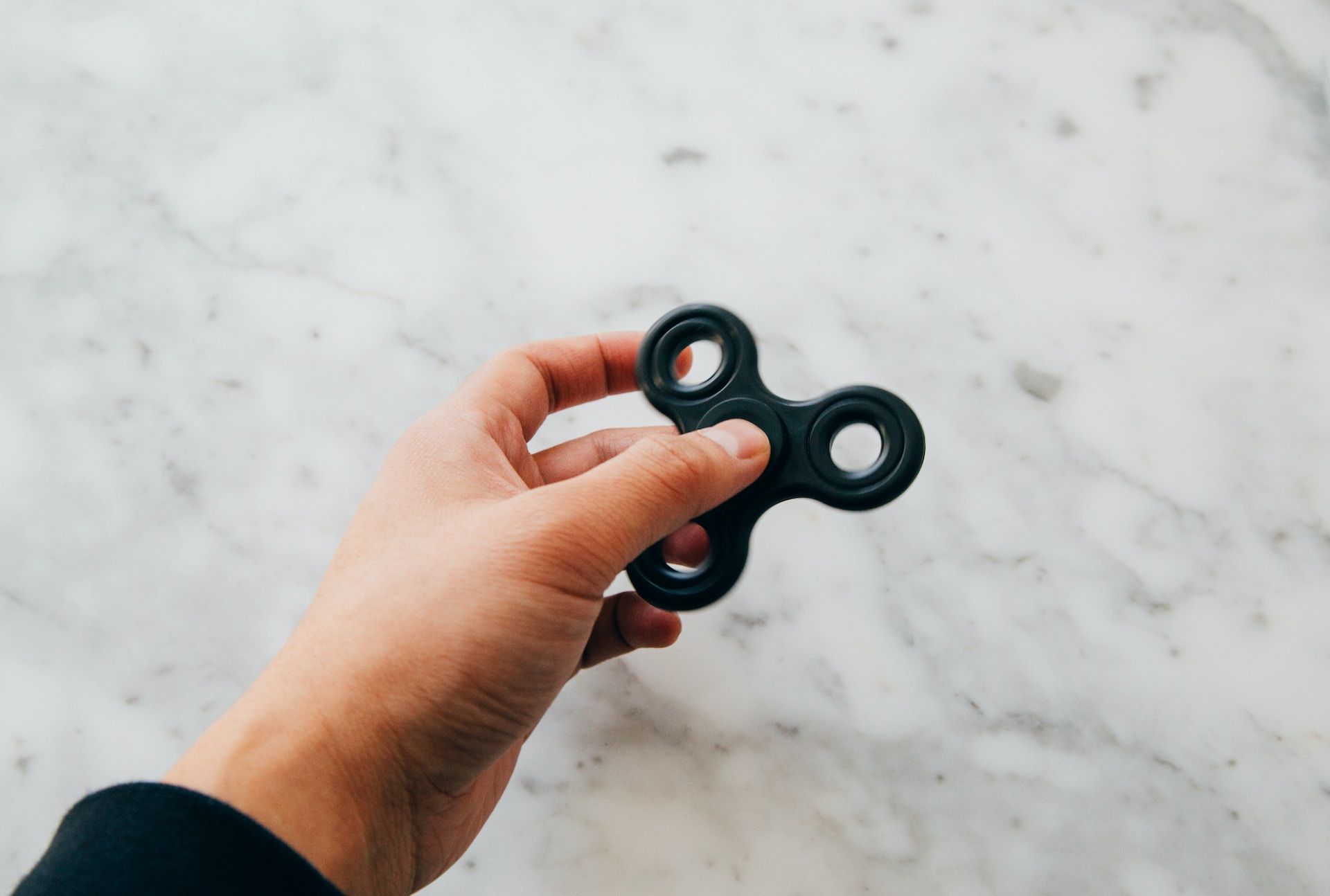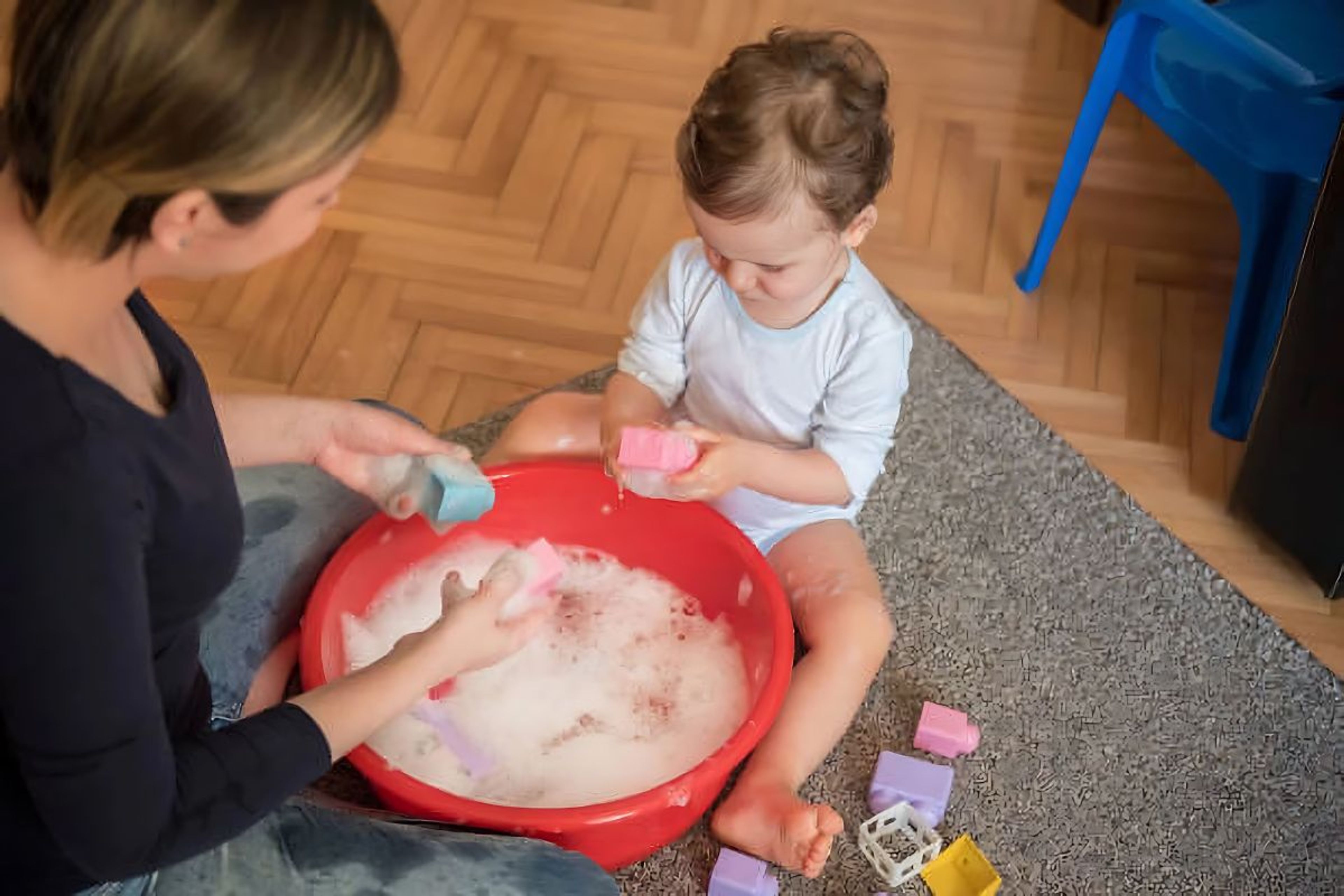Balancing Fun with Learning: How Toys Can Improve Focus and Concentration

As parents, educators, and caregivers, we always try to engage children in activities that are both fun and educational.
Fostering a love for learning is crucial at a young age, but so is making sure that children are engaged and enjoying the process.
In this blog, we'll explore the connection between toys, focus, and concentration, and how they can work together to create the perfect balance of fun and learning.
Can Toys Really Improve Focus and Concentration?
Yes, toys can improve focus and concentration, but it's important to choose the right ones.
Concentration toys help children stay attentive and engaged while focusing on the activity at hand.
These toys work by stimulating the senses, providing tactile feedback, or offering simple mental challenges that keep children's brains active and focused on the task at hand.
How Do Concentration Toys Work?
Concentration toys work by providing distractions or repetitive movements that keep children's brains occupied and focused on the task at hand.
Studies have shown that fidget tools, like stress balls or fidget spinners, can help children with attention problems stay focused by occupying their hands and giving their brains something to focus on during a lesson or activity.
Many concentration toys are designed to help one engage multiple senses at once, such as tactile, auditory, and visual, which can help activate different areas of the brain and keep the child more engaged.
What Are Some Popular Concentration Toys?
There are many concentration toys available today, with options to suit every age, learning style, and preference. Some popular concentration toys include:
- Fidget spinners and cubes: These toys provide tactile, visual, and kinesthetic feedback, keeping hands busy and brains focused.
- Stress balls and putty: Squeezing, stretching, and manipulating these items can have a calming effect and help improve focus during challenging or frustrating activities.
- Puzzles and brainteasers: By providing simple mental challenges, these toys keep the mind engaged and challenged.
- Building sets and construction toys: These toys help develop problem-solving skills, spatial awareness, and planning abilities while keeping the mind occupied and focused.
- Sensory toys: Toys that activate multiple senses, such as light-up or vibrating toys, can help keep the brain engaged and focused on the activity at hand.
What Are the Educational Benefits of Using Concentration Toys?
Concentration toys have numerous educational benefits that can help children excel in various aspects of academics and life skills.
Some of these benefits include:
- Improved focus and attention: Concentration toys help children stay focused on tasks and activities, making it easier for them to absorb and retain information.
- Reduced anxiety and stress: Many of these toys provide a calming effect, helping children relax and reducing the stress levels that can interfere with learning.
- Developed fine motor skills: Many concentration toys require precise finger movements, helping children develop fine motor skills and hand-eye coordination.
- Enhanced problem-solving skills: Toys like puzzles and building sets encourage logical thinking and problem-solving, which are essential elements of a well-rounded education.
- Increased engagement and enjoyment: By adding a fun element to education, concentration toys can help children enjoy the learning process and foster a love for learning that lasts a lifetime.
How to Choose the Best Concentration Toys for Your Child?
Choosing the right concentration toys for your child may require some trial and error, as each child has different preferences and learning styles.
Keep the following points in mind while selecting toys:
- Consider your child's interests: Choose toys that align with your child's hobbies and passions to keep their interest and engagement levels high.
- Assess your child's learning style: Determine if your child learns best through auditory, visual, or kinesthetic methods, and select toys that cater to their unique learning style.
- Prioritize age-appropriate toys: Ensure that the toy is suitable for your child's age to optimize its effectiveness and prevent frustration or boredom.
- Focus on safety and durability: Choose high-quality, non-toxic toys that can withstand regular usage and are safe for children.
How to Incorporate Concentration Toys into Your Child's Daily Life?
Incorporating concentration toys into your child's everyday activities can be a game-changer in terms of focus, productivity, and enjoyment.
Here are some ways to integrate these toys into your routine:
- Use them during homework or study sessions, providing a brief break or reward for hard work.
- Bring concentration toys along during long car rides, trips to the grocery store, or waiting rooms to keep your child occupied and focused.
- Encourage your child to use concentration toys during downtime or moments when boredom strikes, such as during a TV commercial break or while waiting for dinner to cook.
- Make concentration toys a part of your child's bedtime routine, using them as a calming activity to help wind down at the end of the day.
Conclusion
In conclusion, concentration toys offer a unique way to merge fun and learning, making them an invaluable tool in fostering a love for education and improving essential life skills.
By choosing the right toys and incorporating them into your child's daily life, you can effectively improve focus, concentration, and overall learning experience.




